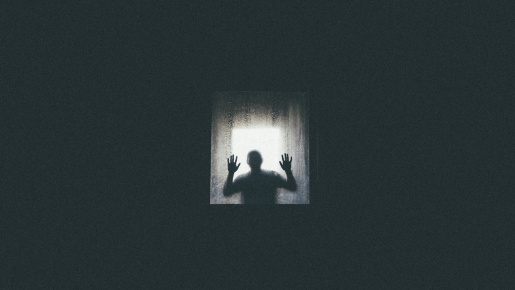Don’t let your kids get spooked by scary movies
It’s one of the most popular film genres, and your child has been asking nonstop to see the latest horror flick for weeks, but when is the right time to introduce scary movies without causing sleepless nights? Dr. Eric Storch, professor and vice chair in the Menninger Department of Psychiatry and Behavioral Sciences, shares tips for parents on handling scary movies.
 “Seeing how your child approaches scary situations and how they respond can help decide if they are ready to watch horror movies,” Storch said.
“Seeing how your child approaches scary situations and how they respond can help decide if they are ready to watch horror movies,” Storch said.
Your child asking to see a scary movie is another sign that they could be ready, but parents should approach it slowly, keeping in mind the child’s age, developmental level and the rating, themes and other factors of the film. The key is to not overwhelm kids with fear, especially age-inappropriate fears.
To make the movie-viewing a more positive experience, Storch suggests parents let their children be in control of the situation. If they seem scared, let them back away. “There is nothing wrong with backing away or turning off a scary movie,” Storch explains. “Afterward, talk about it and be reassuring and supportive of their feelings.”
He also recommends parents keep an eye out for outward signs of distress and anxiety either during the film or afterward. This can manifest as behaviors like being afraid to be alone in the dark, having trouble sleeping, nightmares, and having panic attacks.
But could activities like watching a scary movie help children gain control and better navigate fear? “Exposure to scary movies – in an age-appropriate fashion in which the child has control – can be a healthy way for some kids to learn to navigate associated fears,” Storch said.
Also, a little bit of fear is healthy for children and adults alike. “Fear and anxiety keeps us safe and away from things that can be dangerous,” Storch explains. “Fear becomes a problem when it becomes excessive and produces a rigid behavioral response that gets in the way of productive behavior.”
By Anna Kiappes



